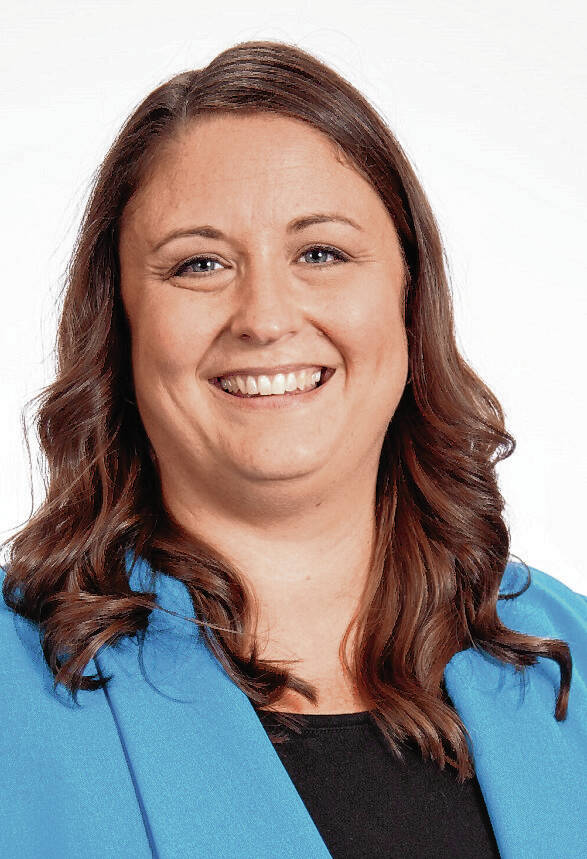Just like the rest of the country, it’s a reality that Indiana needs to face: Our state’s aging population is depending on our leaders to invest in a long-term supports and services (LTSS) system that adequately serves the needs of older Hoosiers and their families.
Over the years, AARP Indiana has been heavily engaged in advocating for independence, dignity, and autonomy for older residents. We know that Hoosiers want to determine and direct the LTSS they receive, which should include how and where those services are delivered and who provides them. These services should be comprehensive, in accord with individuals’ values and preferences, and be provided in the least restrictive setting possible.
For most Hoosiers, the setting where they want to receive care is at home. But while it may be their desire to age in place, the ability to make it happen proves to be much more difficult to accomplish.
Historically, Indiana hasn’t had balanced spending between facility and home-based care with 80% of Medicaid funds going toward institutions rather than home and community-based services. By not focusing on maintaining a sustainable, person-driven LTSS system, too many Hoosier families struggle to find affordable, quality home care. Often the duties are falling to the estimated 790,000 Hoosiers who are unpaid family caregivers. These individuals are providing more than 740 million hours of care to their loved ones, which is valued at $10.8 billion each year.
As Indiana’s Family and Social Services Administration (FSSA) transitions to managed care next year for long-term care, AARP Indiana will be continue working to ensure Hoosiers see better, easier and more affordable choices. Many states have seen success under a managed care model and in a 2020 Centers for Medicare & Medicaid Services (CMS) study, enrollees in a managed care program were more likely to report satisfaction with their care and quality of life when compared to other types of programs. However, it will take continued stakeholder engagement and close scrutiny of the system to help Indiana achieve similar results.
A reform of Indiana’s LTSS system is long overdue and as the new system gets up and running, it’s important that Indiana undertake robust monitoring, oversight and evaluation because long-term care policy is not and should not be linear. There should be room to build and to pivot and we should be humble enough to recognize that even if we think our program was designed perfectly, it can always be improved using the tools, data, information, and first-hand experiences that are available.
One of the tools available to state leaders is AARP’s LTSS State Scorecard. The Scorecard is a tool that measures long-term services and supports system performance at the state level. This compiled information provides policymakers, providers, advocates and other stakeholders a way to assess areas of strength and identifies opportunities for improvement within their respective state’s LTSS system.
On September 28, the fifth edition of the scorecard, which is produced by AARP’s Public Policy Institute with the support of the AARP Foundation, The SCAN Foundation, The Commonwealth Fund, and The John A. Hartford Foundation, will be released at a new website: www.ltsschoices.aarp.org. Indiana has lagged behind when compared to other states in previous scorecards, but with each new scorecard comes updated data and insights.
No matter where Indiana ranks in this year’s scorecard, the fact remains that after a lifetime of hard work and contributing to our society, older Hoosiers deserve a long-term care system that makes them the sole focus and is responsive to their choices.
Sarah Waddle is the state director for AARP Indiana where she leads Indiana’s team efforts to enhance the quality of life for all Hoosiers as we age. This commentary previously appeared at indianacapitalchronicle.com. Send comments to [email protected].





